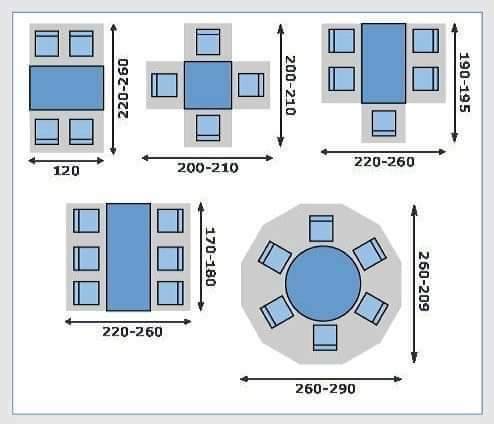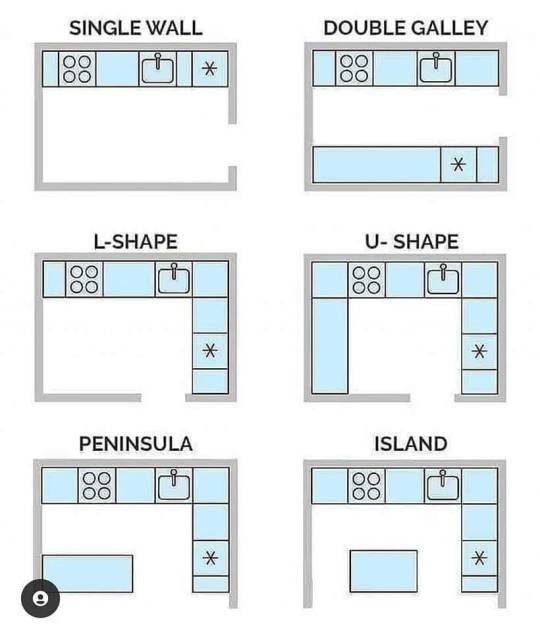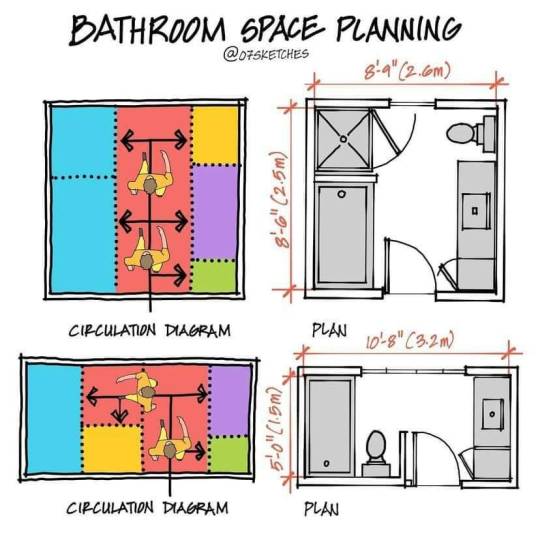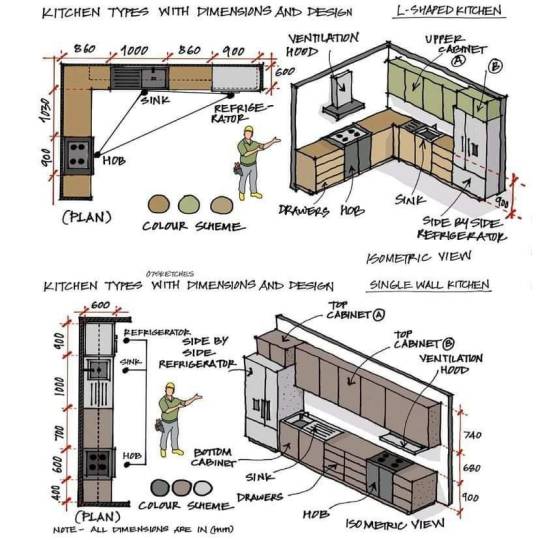#Structural Engineering Design
Photo

Structural Engineering Design
Structural engineering design involves the creation of safe, efficient, and sustainable structural systems for buildings, bridges, towers, and other structures. It encompasses a multidisciplinary approach that considers factors such as structural loads, materials, construction methods, and environmental conditions.
Structural engineers use advanced software tools, analysis techniques, and their expertise to design structural elements and systems that can withstand anticipated loads, meet building code requirements, and optimize construction costs. The design process includes conceptualization, detailed analysis, selection of appropriate materials, creation of construction drawings, and coordination with other design disciplines. Structural engineers also provide technical support during construction to ensure that the design is implemented correctly on site. The goal of structural engineering design is to create safe, functional, and aesthetically pleasing structures that are durable and sustainable over their intended lifespan.
0 notes
Text

Opening day ceremony of the Golden Gate Bridge - May 1937.
#california#san francisco#golden gate bridge#the 30s#1930s#industrial design#bridge design#civil engeneering#structural engineering#structural design#bridges#1937#deco#art deco#landmarks
40 notes
·
View notes
Photo

Different Michell structures. The darker the structure, the more economically efficient, A strain tensor method for three-dimensional Michell structures (Benjamin Jacot, Caitlin T. Mueller)
81 notes
·
View notes
Text
Normally I just post about movies but I'm a software engineer by trade so I've got opinions on programming too.
Apparently it's a month of code or something because my dash is filled with people trying to learn Python. And that's great, because Python is a good language with a lot of support and job opportunities. I've just got some scattered thoughts that I thought I'd write down.
Python abstracts a number of useful concepts. It makes it easier to use, but it also means that if you don't understand the concepts then things might go wrong in ways you didn't expect. Memory management and pointer logic is so damn annoying, but you need to understand them. I learned these concepts by learning C++, hopefully there's an easier way these days.
Data structures and algorithms are the bread and butter of any real work (and they're pretty much all that come up in interviews) and they're language agnostic. If you don't know how to traverse a linked list, how to use recursion, what a hash map is for, etc. then you don't really know how to program. You'll pretty much never need to implement any of them from scratch, but you should know when to use them; think of them like building blocks in a Lego set.
Learning a new language is a hell of a lot easier after your first one. Going from Python to Java is mostly just syntax differences. Even "harder" languages like C++ mostly just mean more boilerplate while doing the same things. Learning a new spoken language in is hard, but learning a new programming language is generally closer to learning some new slang or a new accent. Lists in Python are called Vectors in C++, just like how french fries are called chips in London. If you know all the underlying concepts that are common to most programming languages then it's not a huge jump to a new one, at least if you're only doing all the most common stuff. (You will get tripped up by some of the minor differences though. Popping an item off of a stack in Python returns the element, but in Java it returns nothing. You have to read it with Top first. Definitely had a program fail due to that issue).
The above is not true for new paradigms. Python, C++ and Java are all iterative languages. You move to something functional like Haskell and you need a completely different way of thinking. Javascript (not in any way related to Java) has callbacks and I still don't quite have a good handle on them. Hardware languages like VHDL are all synchronous; every line of code in a program runs at the same time! That's a new way of thinking.
Python is stereotyped as a scripting language good only for glue programming or prototypes. It's excellent at those, but I've worked at a number of (successful) startups that all were Python on the backend. Python is robust enough and fast enough to be used for basically anything at this point, except maybe for embedded programming. If you do need the fastest speed possible then you can still drop in some raw C++ for the places you need it (one place I worked at had one very important piece of code in C++ because even milliseconds mattered there, but everything else was Python). The speed differences between Python and C++ are so much smaller these days that you only need them at the scale of the really big companies. It makes sense for Google to use C++ (and they use their own version of it to boot), but any company with less than 100 engineers is probably better off with Python in almost all cases. Honestly thought the best programming language is the one you like, and the one that you're good at.
Design patterns mostly don't matter. They really were only created to make up for language failures of C++; in the original design patterns book 17 of the 23 patterns were just core features of other contemporary languages like LISP. C++ was just really popular while also being kinda bad, so they were necessary. I don't think I've ever once thought about consciously using a design pattern since even before I graduated. Object oriented design is mostly in the same place. You'll use classes because it's a useful way to structure things but multiple inheritance and polymorphism and all the other terms you've learned really don't come into play too often and when they do you use the simplest possible form of them. Code should be simple and easy to understand so make it as simple as possible. As far as inheritance the most I'm willing to do is to have a class with abstract functions (i.e. classes where some functions are empty but are expected to be filled out by the child class) but even then there are usually good alternatives to this.
Related to the above: simple is best. Simple is elegant. If you solve a problem with 4000 lines of code using a bunch of esoteric data structures and language quirks, but someone else did it in 10 then I'll pick the 10. On the other hand a one liner function that requires a lot of unpacking, like a Python function with a bunch of nested lambdas, might be easier to read if you split it up a bit more. Time to read and understand the code is the most important metric, more important than runtime or memory use. You can optimize for the other two later if you have to, but simple has to prevail for the first pass otherwise it's going to be hard for other people to understand. In fact, it'll be hard for you to understand too when you come back to it 3 months later without any context.
Note that I've cut a few things for simplicity. For example: VHDL doesn't quite require every line to run at the same time, but it's still a major paradigm of the language that isn't present in most other languages.
Ok that was a lot to read. I guess I have more to say about programming than I thought. But the core ideas are: Python is pretty good, other languages don't need to be scary, learn your data structures and algorithms and above all keep your code simple and clean.
#programming#python#software engineering#java#java programming#c++#javascript#haskell#VHDL#hardware programming#embedded programming#month of code#design patterns#common lisp#google#data structures#algorithms#hash table#recursion#array#lists#vectors#vector#list#arrays#object oriented programming#functional programming#iterative programming#callbacks
13 notes
·
View notes
Text

specialest little guy on the planet
#my art#fanart#starlight express#stex#rusty the steam engine#rusty starlight express#rusty stex#ive always struggled with rustys design. his costume is so detailed but im not gonna lie. im not drawing all that#happy with this drawing of him tho!!!#based his facial structure off of my good close friend michael-demby cain#is this what the kids call a fc?
34 notes
·
View notes
Text
unforutinely had a dogshit day and the dude im training at work came up to me and said something innocuous about how he found out how i trained him is probably slightly incorrect and he found the REAL way to do it and all i could do was go "okay! that is so awesome. you could do that and its fine to do" and give him a big thumbs up and he could smell that i was hiding something that was leaking out of my skull and he was like "im just sayin..."
and he is right but i dont know how to convey to him that i dont care at all about what im doing and dont care about proper ways of technically doing shit and he's always finding dumb little inconsistencies or asking me about processes that i know genuinely dont fucking matter/care about from the more experienced people who trained me who didnt get in trouble/care either and i wish i could grip the dude by the shoulders and say like "hey man you could rub what we're installing in mud and oil and dirt and then put it in the machine and i do nooooot care i dont care about it" and chuck him across the building
#like look man its my job to build it i dont care or know what happens after i do my job#they could set the whole thing on fire after its built and i wouldnt know or care#i dont know or care about why that part is there i dont care about what it does in the machine's process i dont give a fuck about the thing#i am not an engineer i didnt design it i dont give a fuck about it i dont care to delve deeper about it.#im storing bare minimum that requires me to get the job done in a way that wont get me in trouble#and i can tell he thinks lesser of me than he did first time i was here#because he keeps saying shit like ''ohhh you 'dont know why' again i get it''#and has literally had conversations about how i used to care more my first go around here than i do now#like listen man. i am not invested in this place like you are.#im training you on how to build it not how to design it or what it does. im not your guy for that. kindly fuck off about it#i know im SUPPOSED to care or that they'd LOVE if i was more curious about this thing#but im not PAID to be invested in its structure beyond what i place on it and i dont CARE to
2 notes
·
View notes
Text
Does anyone know enough about game design and development to give me some advice?
I'd like to know how realistic it would be to create a web browser 2D pixel art multiplayer game where players can customize rooms and explore them and chat together. Basically create a mix between habbo hotel and manyland.
And how realistic is it considering I'm not actually a developper and only use Python and SQL in my daily life? I did learn other languages but it was a while ago.
I have also never created a website though I know some people who could help me with that.
Anyway I'm a total beginner and don't even know what difficulty this project would be. Does anyone know?
#Mel rambles#game design#game development#game developers#web development#I don't even know what tags this community uses#I think I know how the game would work and how I'd structure the data#but I have never used a game engine so I genuinely have no idea how difficult the development would be#or even what my level is. apparently I'm pretty good at coding for someone who isn't a developper but is it enough for that project?
5 notes
·
View notes
Text
youtube
#architecture#civil engineering#siteengineer#construction#house#buildings#drawing#structure#structural#design#Youtube
2 notes
·
View notes
Video
youtube
Top 10 Construction Projects Completing in 2024
3 notes
·
View notes
Text
I was thinking about how it's weird that I haven't done a horror medic OC yet (especially considering miette is based off of a costume I've worn at my haunt) and I just realized it would be very very fun to do one who has clear plating on her torso to show off her mechanics <3
#I know so many of my OCs are steam powered as it is but I think pipes might be cooler to show off than anything else#and steam engines have cooler rib structures than any other train in my designs#sketchbles#stex oc#starlight express oc
2 notes
·
View notes
Text
The Art of Origami: A Journey Through History, Use, and Mastery
In this series, we have been looking at various types of art as art forms. We have visited collage, multi-media art, Mexican Folk Art, ATC’s, Japanese Kintsugi, Street Art and Murals, pottery, Chinese Kites, and now Origami. Wow! That’s a lot of art. I hope you have been following and have enjoyed learning about these different types of art around the world.
Origami, the traditional Japanese…

View On WordPress
#artistic expression#Creative Origami#Foldable Structures#Japanese art#Learning Origami#Origami#Origami and Mathematics#Origami Designs#Origami for Beginners#Origami History#Origami in Education#Origami in Engineering#Origami Manual#Origami Symbolism#Origami Techniques#Origami Therapy#Origami Tutorials#Paper Folding#Senbazuru Orikata#Traditional Origami
3 notes
·
View notes
Text
Exploring the Diverse Landscape of Surveys: Unveiling Different Types
Introduction
Civil engineering, as a discipline, relies heavily on accurate and comprehensive data to design, plan, and construct various infrastructure projects. Surveys play a crucial role in gathering this essential information, providing engineers with the data needed to make informed decisions. There are several types of surveys in civil engineering, each serving a unique purpose. In this…

View On WordPress
#accurate measurements#as-built survey#boundary survey#civil engineering data#Civil engineering surveys#construction progress monitoring#construction survey#design accuracy#environmental monitoring#geodetic survey#global mapping#hydrographic survey#infrastructure development#infrastructure projects#land surveyor#legal boundaries#monitoring survey#project planning#property lines#structural integrity assessment#surveying in civil engineering#surveying innovations#surveying technology#topographic surveying#water body survey
2 notes
·
View notes
Text










Standard interior dimensions
Part 1
#architecture#construction#structure#interior design#engeenering#decor#living room#interiors#home#chair#civil engineering#architecturedesign#interiorarchitecture#interiordesign
2 notes
·
View notes
Text
Each residential project is special, and a professional engineer can provide personalized solutions to your specific necessities and choices. Whether you are building a new home, remodeling, or making repairs, residential structural engineer Phoenix can optimize the design to meet your requirements.
#Residential Structural Engineer Phoenix#Arizona Structural Engineers#Civil Engineering Design services#Commercial Engineering Services#Civil Engineering Companies in Arizona
2 notes
·
View notes
Photo

Exterior in Austin
An illustration of a two-story, beige stone exterior home design with a tile roof.
#texas hill country contemporary#floor plans#house plans#structural engineering#sustainable design#green architecture#site planning
3 notes
·
View notes
Text
If you're looking for a reliable and efficient way to obtain DOB and DOT permits in NYC, look no further than our expediting services. We understand the intricacies of the approval process and can help you navigate it with ease.
#structural engineering design services#architecture building design#architectural design firm#architectural design#architects and building designer#best structural design engineering firm in nyc#building surveying services#building design#architects and building designer in nyc#construction project management services in new york city#construction project management services nyc#structural engineering new york city#building structural engineering services#structural engineer new york city#Dob And Dot Expediting Services NYC#structural engineering#architectural design firm in nyc#Dot Expediting Services In NYC
2 notes
·
View notes